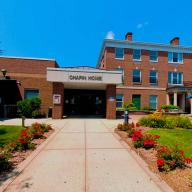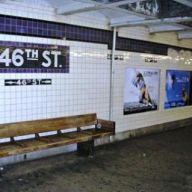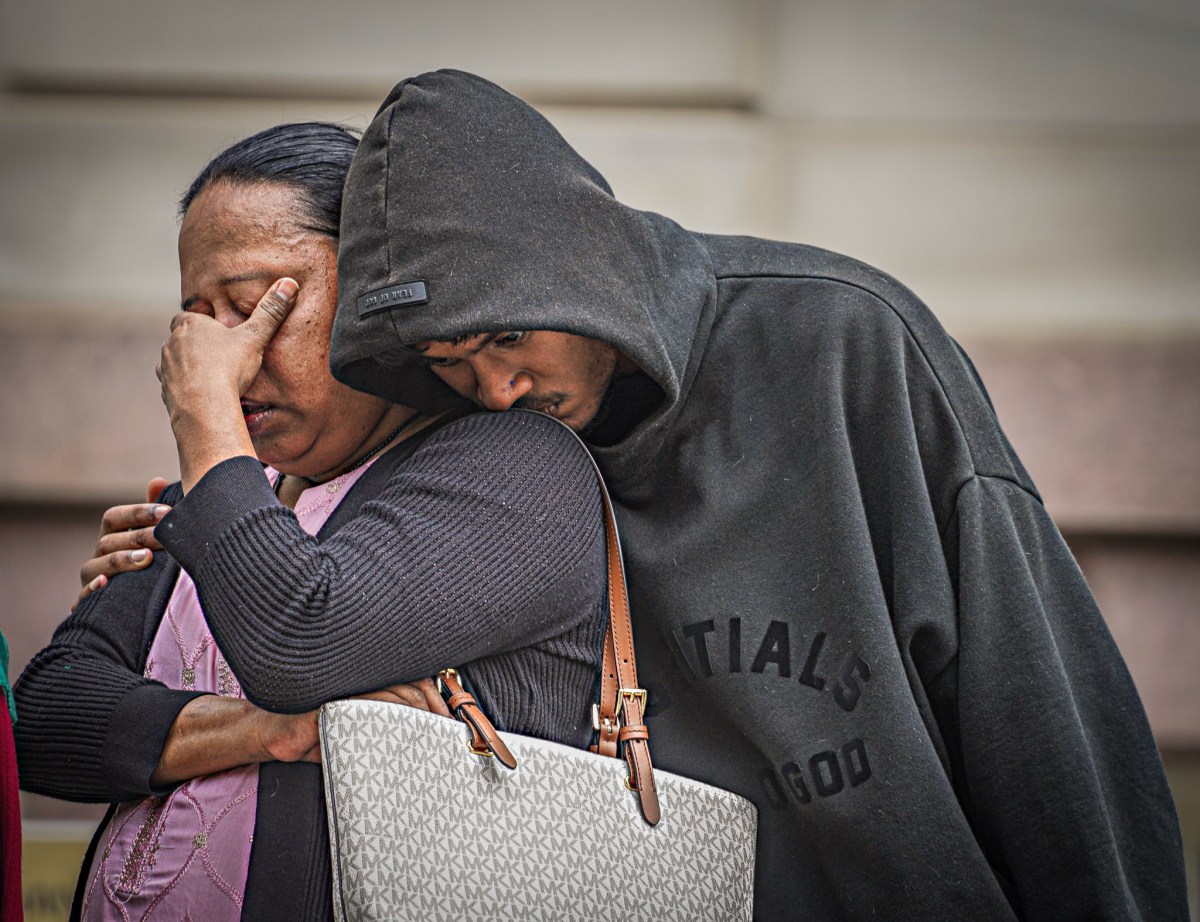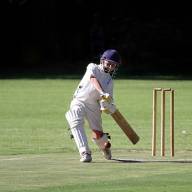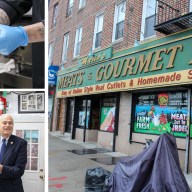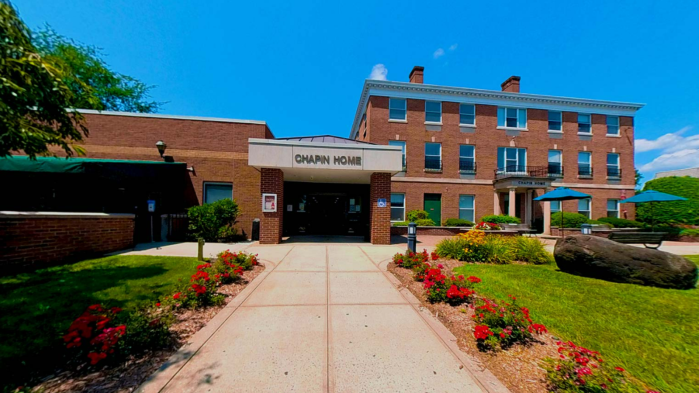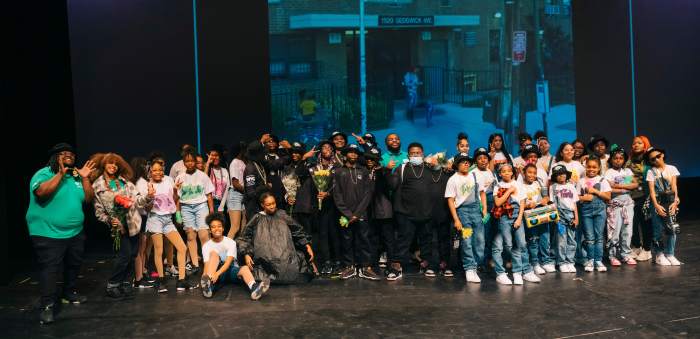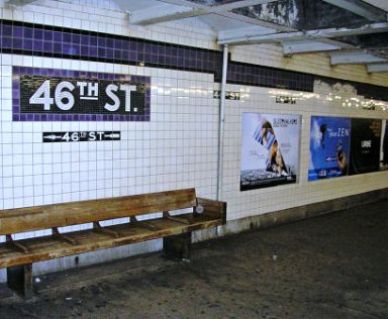By The TimesLedger
Academy Award-nominated actor Elliot Gould narrates “A Yiddish World Remembered,” a new one-hour PBS special that premieres on WLIW21 New York Public Television Saturday at 9:10 p.m. With some of the remaining eyewitnesses as well as noted scholars on the Jewish experience telling the story of Jewish life in Eastern Europe, this documentary is accompanied by never-before-seen archival films, vintage photographs and, of course, traditional Klezmer and cantorial music. “A Yiddish World Remembered” takes a realistic and enlightening look at this unique and all-but-vanished way of life.
Many may not know that modern-day Jewish life bears a direct connection to life in the shtetls (small Jewish towns) and sophisticated, large, urban communities of Eastern Europe. From this world came a collection of traditions and traits still embraced today. As the 20th century began, many of the Jews of Eastern Europe moved away from the shtetls, to America and to the larger cities of the region such as Warsaw, Kiev, Odessa, Lvov and Cracow. It is estimated that by 1900, as much as 50 percent of East European Jewry no longer lived in shtetls.
“A Yiddish World Remembered” profiles the defining elements of yesterday’s Jewish community including the deep devotion to God, the traditional foods, style of dress, the dedication to education, the ubiquitous sense of humor, and the perseverance to survive — tested so strongly during centuries of pogroms and later in the Holocaust. Through the eyes of individuals, the program tells the life-affirming story of the community’s concern for its Jewish brethren, their fatalistic cheerfulness, surprising optimism, and a sense of humor often turned inward.
“A Yiddish World Remembered” explores everything from the fascinating language of Yiddish — said to be the soul of the Jewish people — to the Rabbis and Rebbes that often ran the communities, to the balebustes (good housewives). In addition, the show looks at everything from the Shuls and Kheyders (Jewish schoolhouses) to the powerful Jewish movements of Khasidism, Bundism and Zionism.
Adding visual texture and depth is contemporary footage of what is left of these neighborhoods in Europe today, in Ukraine, Lithuania, Poland and western Russia: a clutch of crumbling shuls, schools, and cemeteries — whatever remains of this fascinating and extraordinary all-but-lost period in history.

